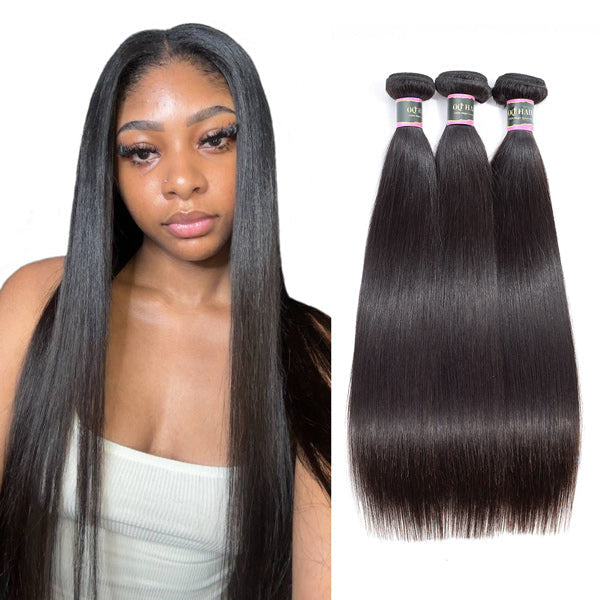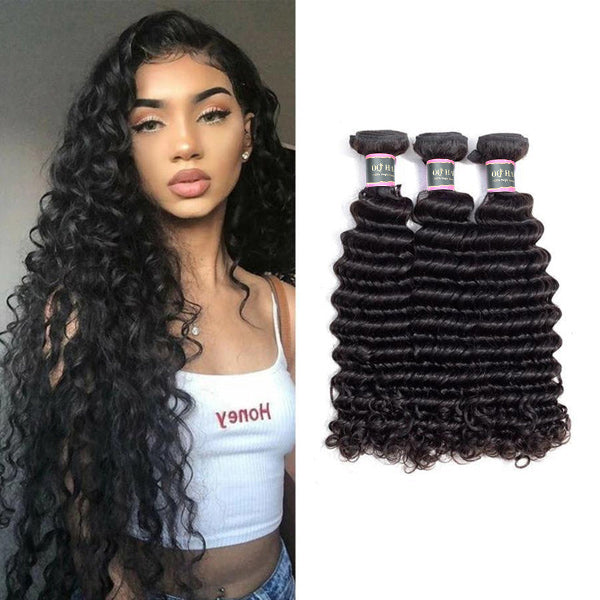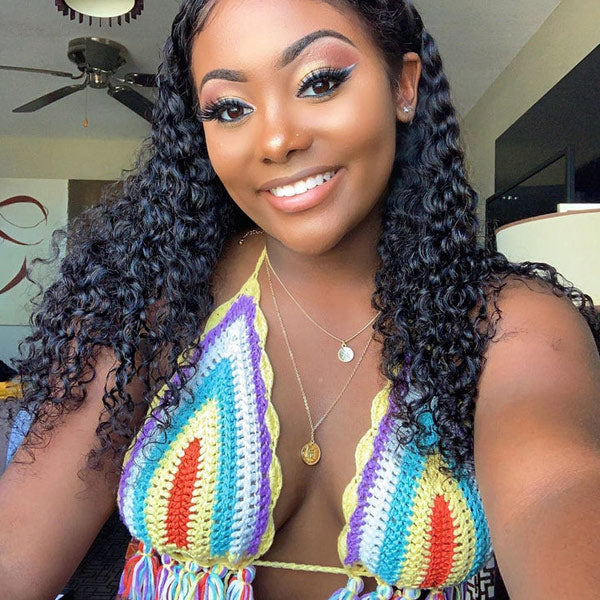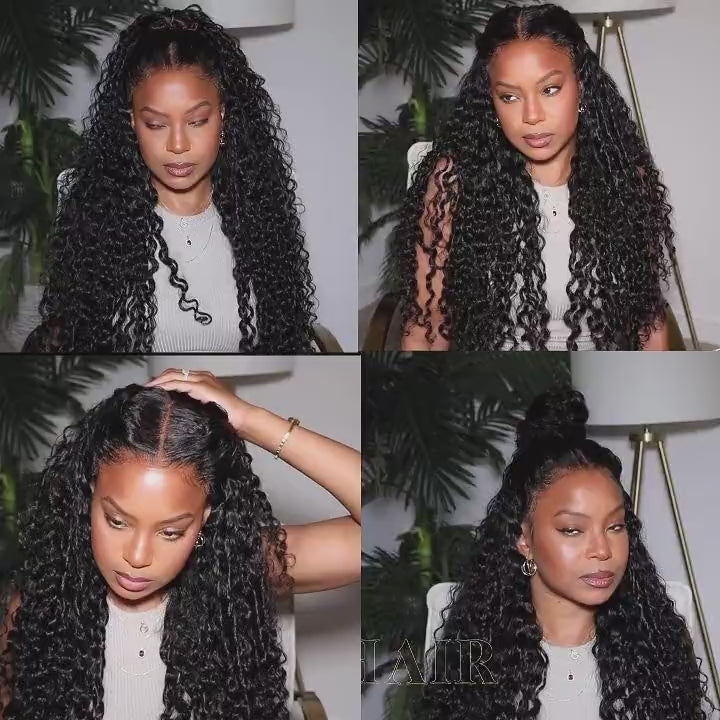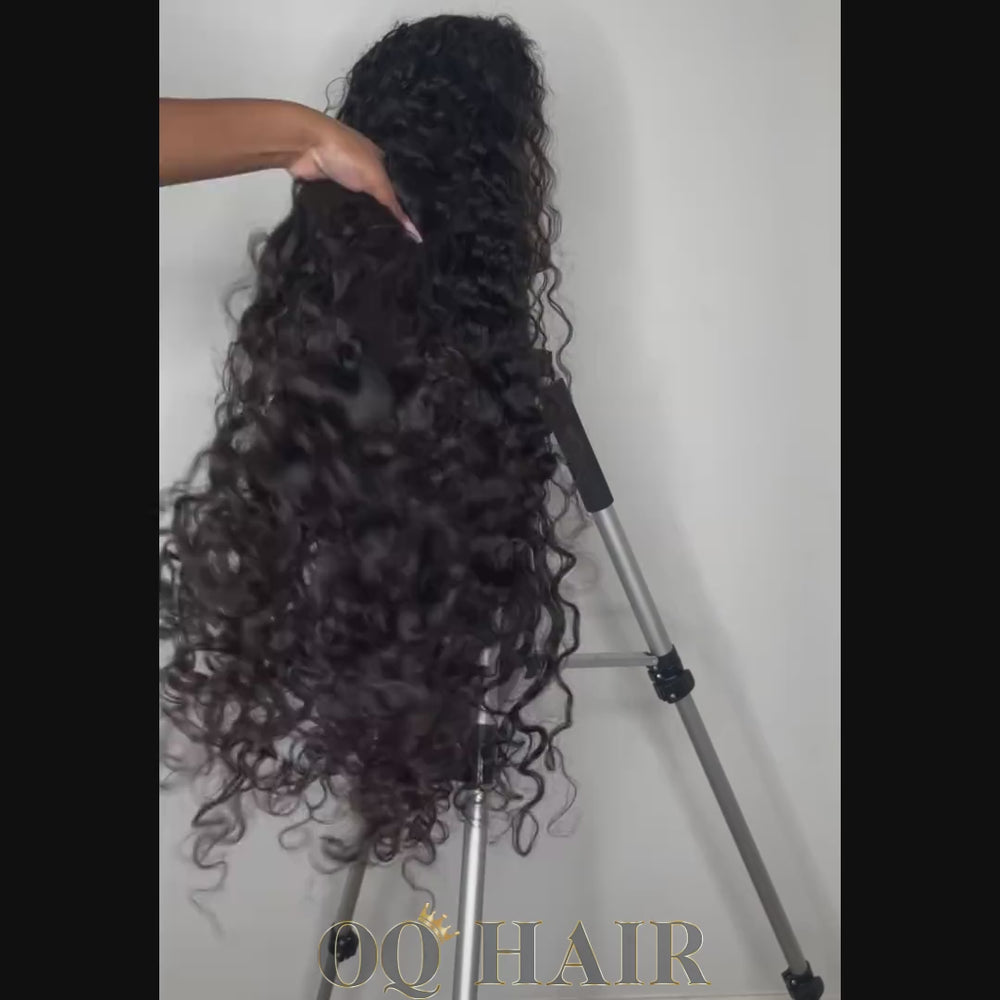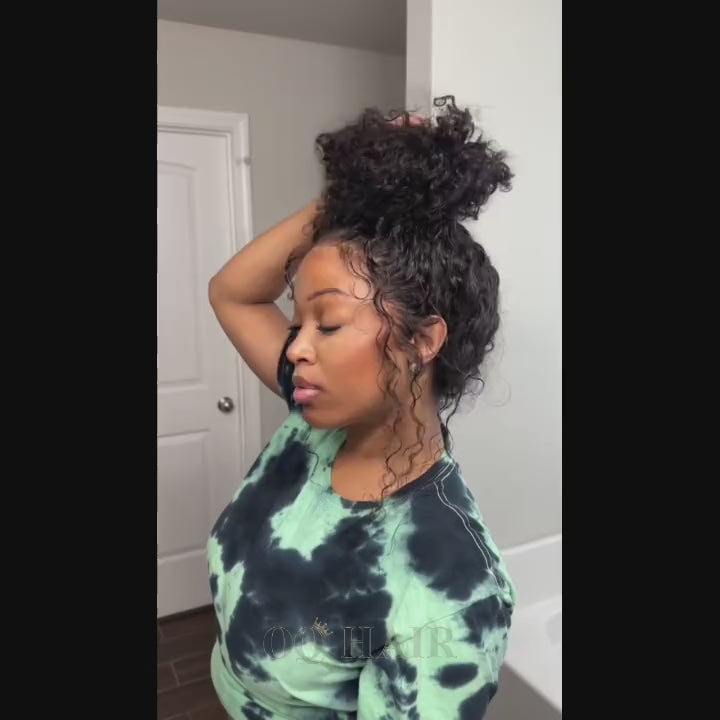How Long Does A Sew In Last?
Among the many ways to wear wigs, sew-in is popular among Black women due to its natural appearance, strong fixation and relatively long use cycle. Especially for people who need to keep their hairstyle unchanged for a long time, a sew-in is undoubtedly a stable and effective choice. Not only does it look natural, but it also reduces the daily maintenance time. For many beginners who are new to sew-in weaving, the most concerning question is, how long does a sew-in last? How can it be made more durable and more natural? Next, we will explain everything about sew-in weaves in detail from several key dimensions.

What is a Sew-in?
Sew-in is a braiding technique that weaves hair bundles into your own hair. The process typically involves braiding the natural hair into cornrows, then sewing the wefts onto the braids using a needle and thread—similar to how fabric is sewn when making clothes. This method can make the hair look voluminous and longer, and compared with ordinary lace front wigs, sew-in are more suitable for long-term wear.

At present, there are two main types of weaving methods: sew-in and quick weave. Sew-in are sewn onto the hair braids with needle and thread, so the overall structure will be more solid and more suitable for people who want to keep their hairstyle for a long time. Quick weave uses special glue to attach the hair extension weft to the cap. Although it is faster to install, it has a shorter maintenance time and is more suitable for temporary styling needs.
However, it should be noted that sew-in are more suitable for people with thicker hair. If you have fine or straight hair, you may not be suitable for this braiding method because your hair itself is relatively fragile.
How Long Does A Sew-in Last?
Generally speaking, a professionally installed sew-in can be worn for 6 to 8 weeks, which is about one and a half to two months. This time range is not an arbitrary estimate but is based on many considerations, such as scalp health, real hair growth rate, and suture structure stability.
If the wearing time is too short, the value of the wig may not be fully utilized; but if it is worn for more than 8 weeks, the following problems are likely to occur:
Loose or shifted stitching can affect the overall fit and appearance of the wig.
Poor scalp ventilation may cause itching, excess oil production, or even scalp inflammation over time.
Leaving the sew-in in for too long can lead to tangling or breakage of your natural hair.
That’s why wearing a sew-in for 6 to 8 weeks is generally seen as a balanced and healthy choice.
What Affects Sew-in Lifespan
Each person's experience may be slightly different, mainly depending on the following aspects:
1. Hair Quality
High-quality virgin human hair are not only more natural and easy to style but also more durable. If the hair strands is rough, easy to tangle or loses hair, then even if it is installed firmly, it is not suitable for long-term wear.
2. Sew-in Technique
Experienced hairstylists will accurately control the tightness and layout of the sutures according to the head shape and hair quality so that the hair fits naturally and is more stable to wear. If the sutures are too loose, they are easy to shift; if they are too tight, they may pull the scalp or natural hair roots, affecting comfort and durability.
3. Scalp Condition
Oily scalps are prone to sweating and oiling, which will affect the stability of sutures and real hair; dry scalps are also prone to itching or discomfort at the bottom of the wig if they are not nourished in time. A healthy scalp condition helps to extend the use time of sew-in wigs.
4. Daily Care
It is very important to keep sew-in hair clean and smooth for a long time. It is recommended to gently clean the wig every 1 to 2 weeks during wearing while keeping the wig dry and avoiding tangles. Wearing a silk nightcap or using a silk pillowcase at night can also effectively reduce friction and frizz.
How To Maintain Your Sew-In Weave
Avoid Tugging And Frequent Restyling: Try not to change the parting line frequently or pull the roots of the wig hard;
Choose Mild Products: Avoid using irritating products when washing your hair, and try to use a mild shampoo and care combination suitable for human hair wigs.
Keep Your Scalp Dry: Be sure to blow-dry after washing your hair, and don't let the wig stay wet for a long time.
Minimize Heat Usage: Try to control the frequency of use of electric curling irons, splints, etc., to avoid damaging the wig fibers.
Remove and repair on time: It is not recommended to remove a sew-in after more than 8 weeks. You can combine the hairdresser's advice to take care of it or replace it with a new style.
When is it Time To Take Out Your Sew-In?
If you notice the following signs while wearing it, it may be time to remove the wig and give your scalp and natural hair a "rest":
- The hair is loose and does not fit the head shape.
- The scalp starts to itch, oily or uncomfortable.
- The hair strands becomes dry, frizzy and difficult to manage;
- Natural hair starts to tangle or break.
At this time, removing the sew-in in time can not only avoid hair damage, but also extend the life of the wig itself.
OQ Hair Best-Selling Human Hair Bundles
Conclusion
Sew-in is a natural, stable and cost-effective hair solution. If you are looking for a hair type suitable for long-term wear, in addition to sew-ins, we also recommend you learn about more convenient and low-maintenance alternatives such as glueless lace wigs or drawstring wigs so that your style is both beautiful and easy to manage.
If you are considering buying a sew-in wig, please browse our human hair series. Each one is professionally selected and crafted to give you a more comfortable and natural wearing experience.



